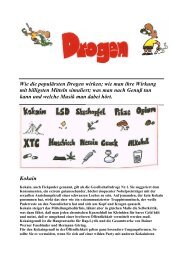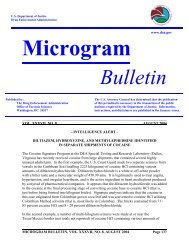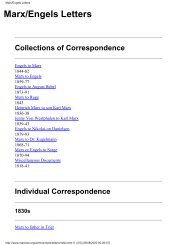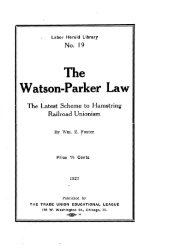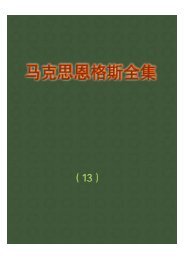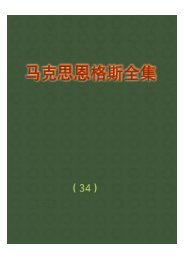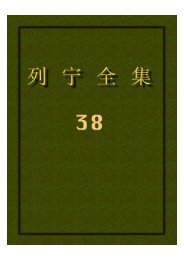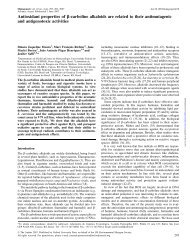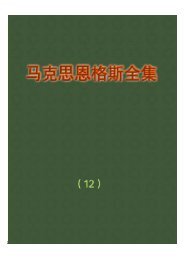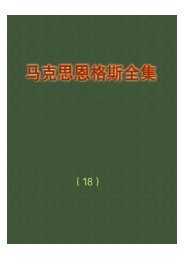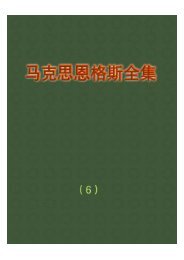Elfspice's Compleat Acacia Extraction Guide
Elfspice's Compleat Acacia Extraction Guide
Elfspice's Compleat Acacia Extraction Guide
Create successful ePaper yourself
Turn your PDF publications into a flip-book with our unique Google optimized e-Paper software.
I will be revising this process until it becomes clear that it covers the topic in a<br />
thorough and concise way, it is my hope that this document will ease the<br />
transition from neophyte to journeyman that can be extremely frustrating and<br />
drawn out. Accurate information will ensure that so long as the directions are<br />
followed, good results will come out at the end.<br />
Reports of using this guide will be appended to the end, I encourage anyone who<br />
has had success with this technique to send me their reports so I can add this to<br />
this document to demonstrate the efficacy of the technique, and to encourage<br />
neophytes to keep trying if they do not do as well as they expected.<br />
One final comment, most people will not get as much as they hope for out of<br />
extractions. Over a process of a number of extractions one gets a better idea of<br />
how much to expect, the visual appearance of quantities of freebase of various<br />
weights will take a while to know, as will the amounts of plant material that<br />
produces it, and in some cases, the right times and ways to collect the material<br />
will also influence the results. Do not be disheartened if yields are lower than you<br />
expect, only experience will teach you how much to expect in practice.<br />
Elfspice<br />
email me: Elfspice8@eml.cc<br />
go to table of contents<br />
<strong>Extraction</strong> Reports<br />
Need I say it, all of these reports are from people who have done these processes<br />
where doing so is legal, and all are anonymously sent to me to add here.<br />
Mimosa Hostilis <strong>Extraction</strong> (13 April 2003)<br />
Materials; A few 500ml flasks/beakers, a jar, separatory funnels, vacuum hand<br />
pump, glass funnels,<br />
cotton, cheese cloth, evaporation dish, PH papers. I used Mimosa Hostilis Root<br />
Bark, Muriatic acid (HCL), Lab grade Sodium Hydroxide (NaOH), distilled<br />
water, and Naptha (evaporates cleanly).<br />
I started by boiling 325ml of distilled water, then took it out of the pan and into<br />
a beaker where I acidified to a PH of about 3 or 4 using muriatic acid.<br />
Then I poured this acidic water in a jar containing 88.4 grams of finely<br />
powdered mimosa hostilis root bark. Since I used hydrochloric acid I decided<br />
not to add all three acidic water extracts together and reduce volume because I<br />
didn't want to concentrate the acid.<br />
So what I did was each of the 3 extracts on there own. After putting the acidic<br />
water with the root bark I waited 1 hour and poured the liquid/root bark into a<br />
cheese cloth on a beaker, and squeezed all of the water out. I then took the dry<br />
root bark and put it back in the jar with the same amount of acidic hot water as<br />
the first time.<br />
And while waiting another hour for that to finish up I filtered the liquid from<br />
the first extract into a funnel with cotton and a vacuum pump connected to the<br />
flask.<br />
Then I defatted by putting 80ml of xylene and throwing away the




